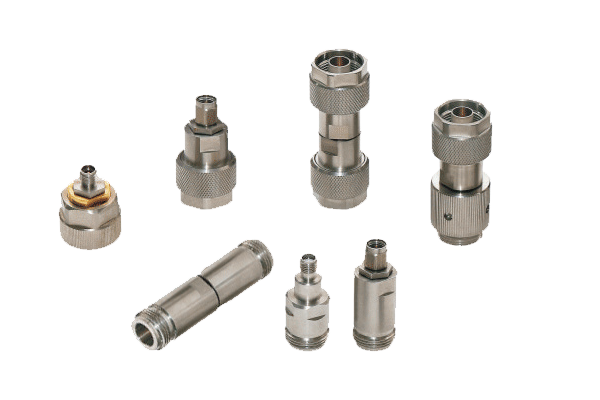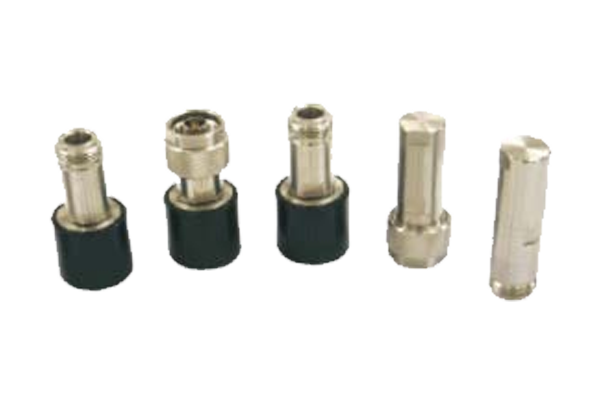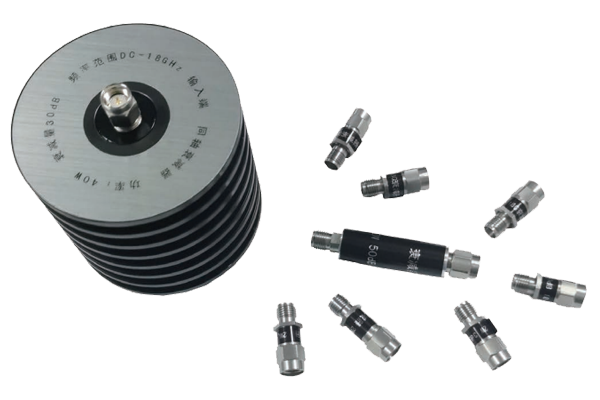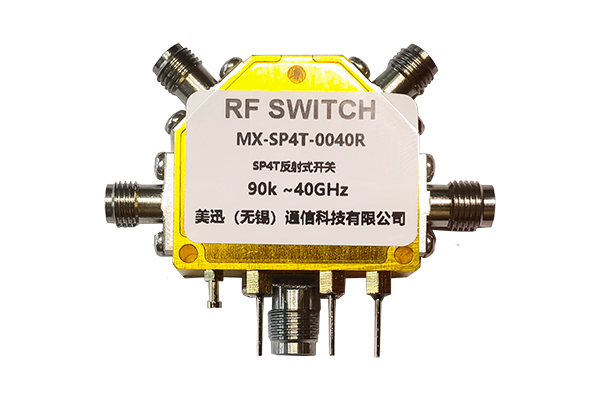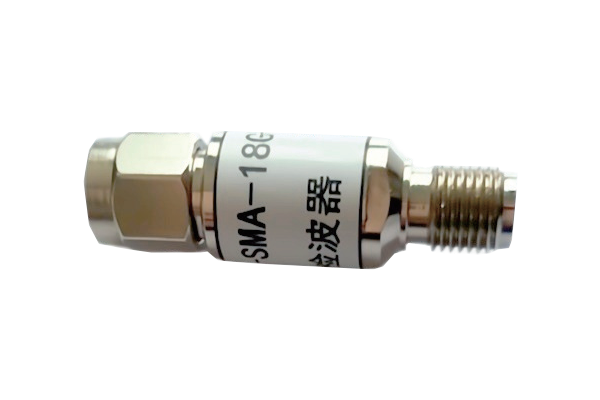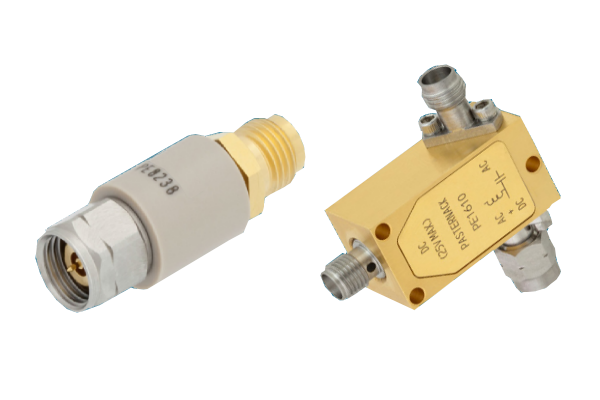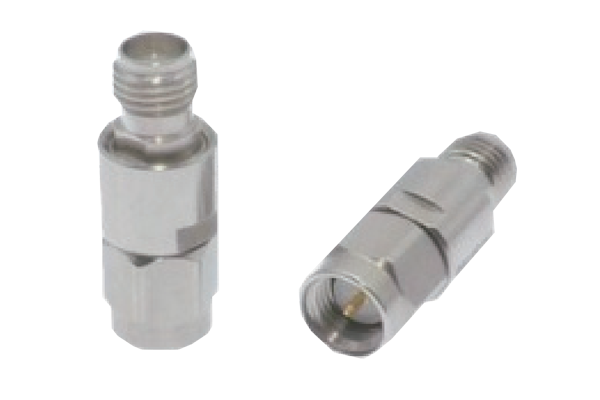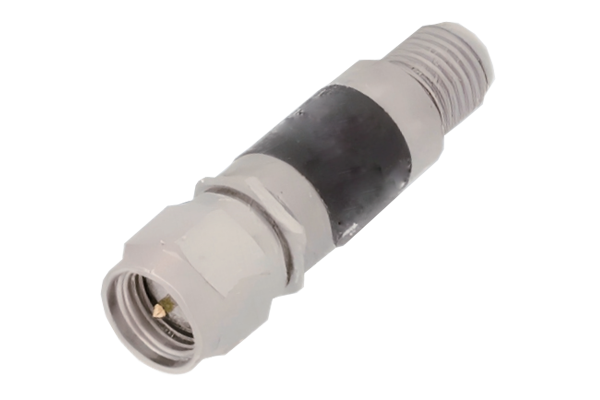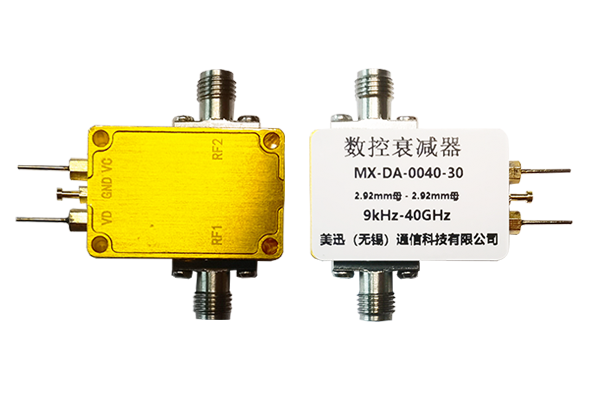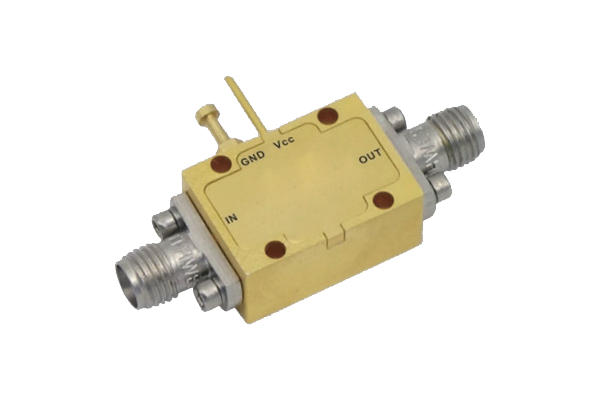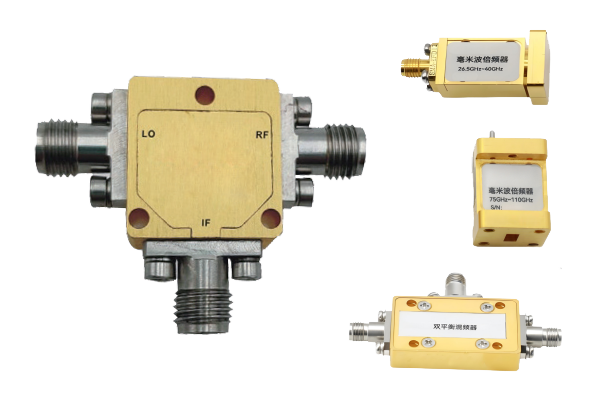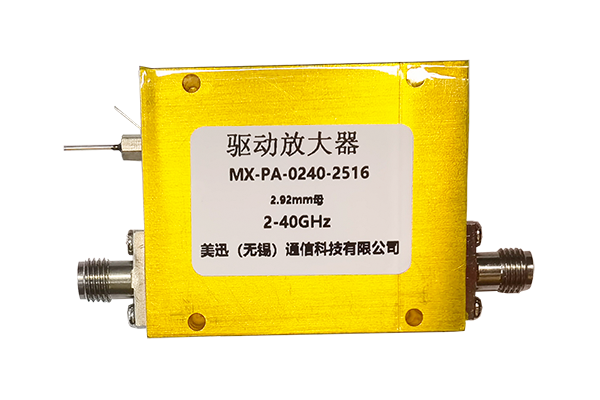How is the electromagnetic compatibility of a PA amplifier
Electromagnetic Compatibility Factors for PA Amplifiers
1. Design Fundamentals Determine EMC Performance
- The electromagnetic compatibility of a PA amplifier depends primarily on fundamental control during the design phase
- High-quality products optimize the internal circuit layout, effectively isolating high-frequency signal circuits from low-frequency control circuits
- They use low-noise components to reduce electromagnetic radiation generated during operation
- Design flaws, such as improper grounding or cluttered circuit wiring, can easily cause the device's electromagnetic radiation to exceed standards
2. External Protection Enhances EMI Immunity
- External protection can further improve electromagnetic compatibility for PA amplifiers
- Metal shielding effectively blocks electromagnetic radiation from the external environment
- Filtering components added to power and signal interfaces filter out conducted interference
- Without external protection, the PA amplifier is susceptible to surrounding electromagnetic environments
3. Usage Adaptation Affects Actual Compatibility Performance
- Actual adaptation can affect electromagnetic compatibility of PA amplifiers
- Poor impedance matching with peripheral devices can cause signal reflections and electromagnetic radiation
- Running power and signal cables parallel to each other exacerbates external interference impact
- Using unshielded cables and improper grounding can disrupt the PA amplifier's EMC balance
4. Testing and Verification Ensure Compliance
- Professional electromagnetic compatibility testing is key for PA amplifiers
- Electromagnetic radiation testing measures the PA amplifier's radiation intensity during operation
- Electromagnetic immunity testing simulates external interference to verify operational stability
- Only through comprehensive testing can we confirm the PA amplifier's EMC meets requirements








